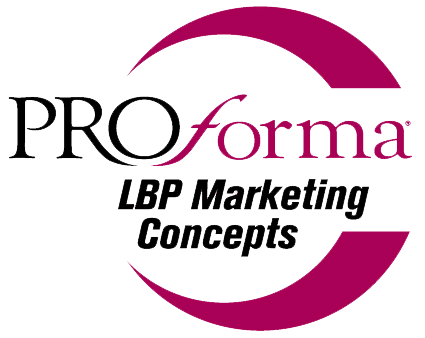When to Use Your Email Signature for More Than a Sign-Off
The email signature can be a powerful marketing tool -- but it can quickly become an irritating vehicle of self-promotion.
This story appears in the March 2018 issue of Entrepreneur. Subscribe »
Two years ago, Alaia Williams used a run-of-the-mill email signature: title, company, phone number. But as an online business strategist, she wondered if she was overlooking an obvious opportunity. So she started adding to her signature, piece by piece. She placed social media icons to link to her Facebook, Twitter and LinkedIn accounts. She added a sign-up for her mailing list. She even threw in a head shot and info on her product line.
Related: 7 Email Etiquette Strategies That Will Win You Clients for Life
The results? Her followers and opt-in rates immediately increased. “I’m getting inquiries and referrals from people who don’t even know me well,” she says.
Williams’ instinct was spot-on, it turns out. Email signatures are no longer just an afterthought; they’re a valuable marketing opportunity. That’s because they typically come from a trusted source (or at least a professional acquaintance), and because getting a work email is a fundamentally different experience than, say, watching TV or scrolling through Twitter.
“When we read emails, we’re in work mode,” says Richard Hanna, a marketing professor at Babson College and the lead author of Email Marketing in a Digital World. “We’re actively engaged in reading material related to what we’re doing, and we pay more attention to the signature.”
Related: Want to Create the Holy Grail of Mailing Lists? Follow These 5 Tips.
Email marketing firms like Hubspot, Sigstr and WiseStamp offer services to help companies manage their employees’ email signatures and weave marketing messages into them. “Brands are realizing there’s this untapped marketing channel,” says Bryan Wade, CEO at Sigstr. “An organization with 100 employees is sending millions of emails a day. That’s a lot of interactions.”
But how much is too much? According to a recent survey by Ipsos for Entrepreneur, more than half of U.S. adults don’t use an email signature at all -- which means signing off with a long list of current projects and your next three speaking engagements can easily cross the line into “annoying” territory for plenty of recipients. The takeaway? Everything in moderation.
Think of it like a 30-second elevator pitch, says Hanna. People have difficulty remembering more than one thing, so highlight a product you’re known for, a recent award or your company’s mission. “The info should make you stand out,” says Hanna. “Everything else is a distraction.”
A study by EyeQuant and Sigstr tracked where the eye goes in the first six seconds of looking at an email. If a signature had a colorful name, phone number or image, people looked there first. Social media icons, as Williams found, can do double duty, drawing attention and inciting action.
A book cover, a head shot or a banner with call-to-action text like “Sign up here” drives more engagement than mere links. According to the Sigstr eye-tracking study, head shots draw the most attention. “The human eye will look at a face longer than anything else,” says Wade. Just make sure the image is sized properly to get through spam filters.
You may love the Dalai Lama, but that doesn’t mean his wisdom belongs in your email. According to Hanna, it could be useful if it builds the brand’s identity, but “you have to believe it,” he says. “If you’re just putting it there to put it there, people see through it.”
What do people really not want to see in your email signature? Here is a ranking of the 12 most irritating items, according to a survey of 1,006 adults conducted by Ipsos for Entrepreneur.

